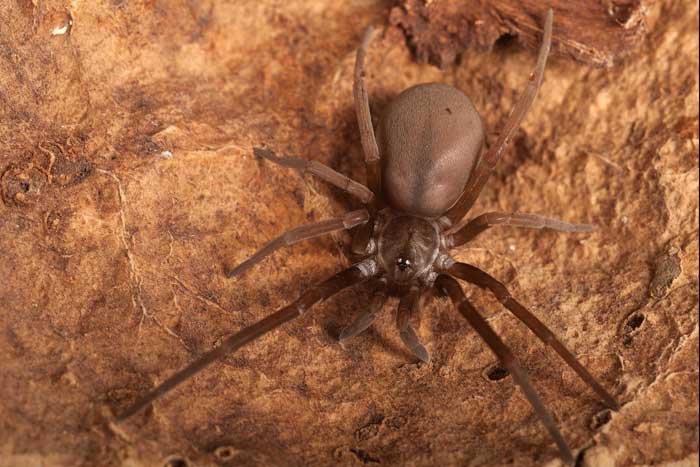In Photos: The Amazing Arachnids of the World
Spider web

This real argiope spider web has been colored and preserved. Its most striking feature, an "X" running through it, is something of a mystery. Many spiders embellish their webs with these designs, called stabilimenta, but the reason is unknown. Scientists think stabilimenta may attract insects by reflecting light, warn birds away, or camouflage the spider from predators.
Waiting to strike

Funnel-web grass spider (Agelenopsis sp.) spins a sheetlike web attached to a narrow tube, or funnel. Sitting at the mouth of the tube, the spider waits to strike after feeling vibrations of prey crossing the web.
Dark corners

Southern house spider (Kukulcania hibernalis) is a large charcoal-colored spider that makes flat, tangled webs in dark corners and under overhangs and shutters to catch insects.
Spider's claw

Scientists use a scanning electron microscope (SEM) to view goblin spiders in minute detail, which allows them to define new groups of spiders.
Get the world’s most fascinating discoveries delivered straight to your inbox.



